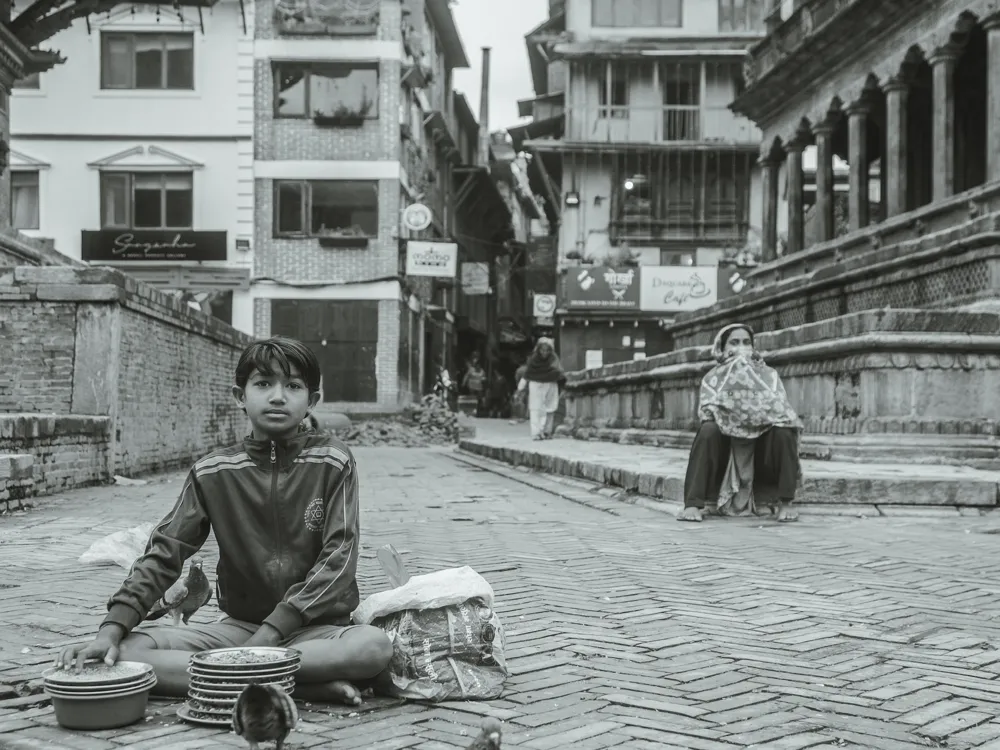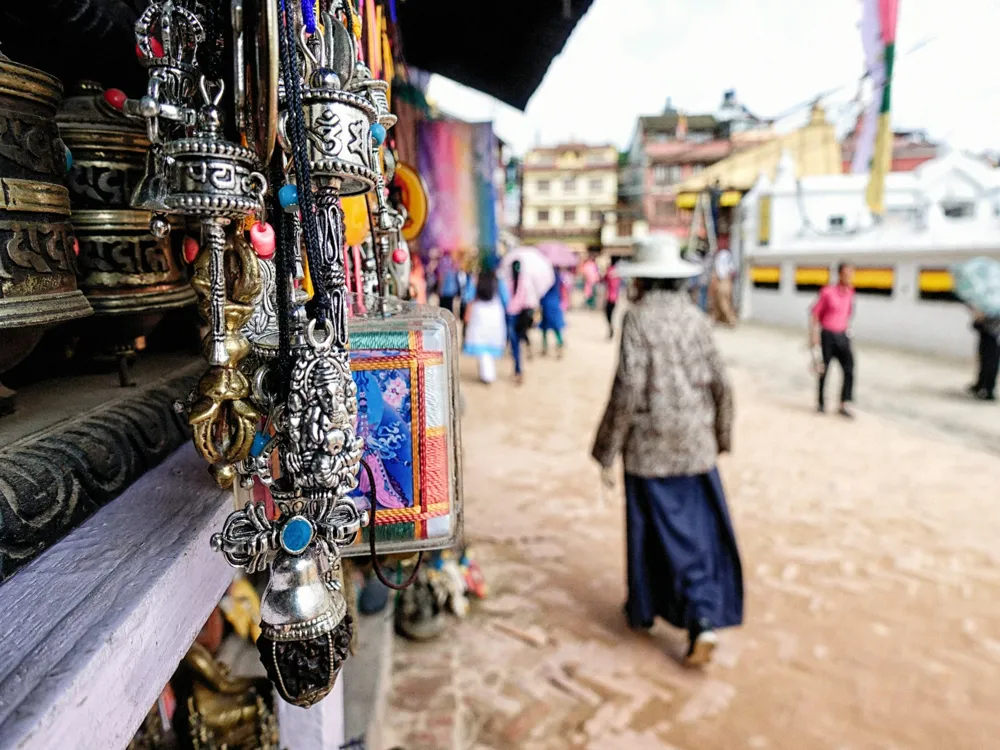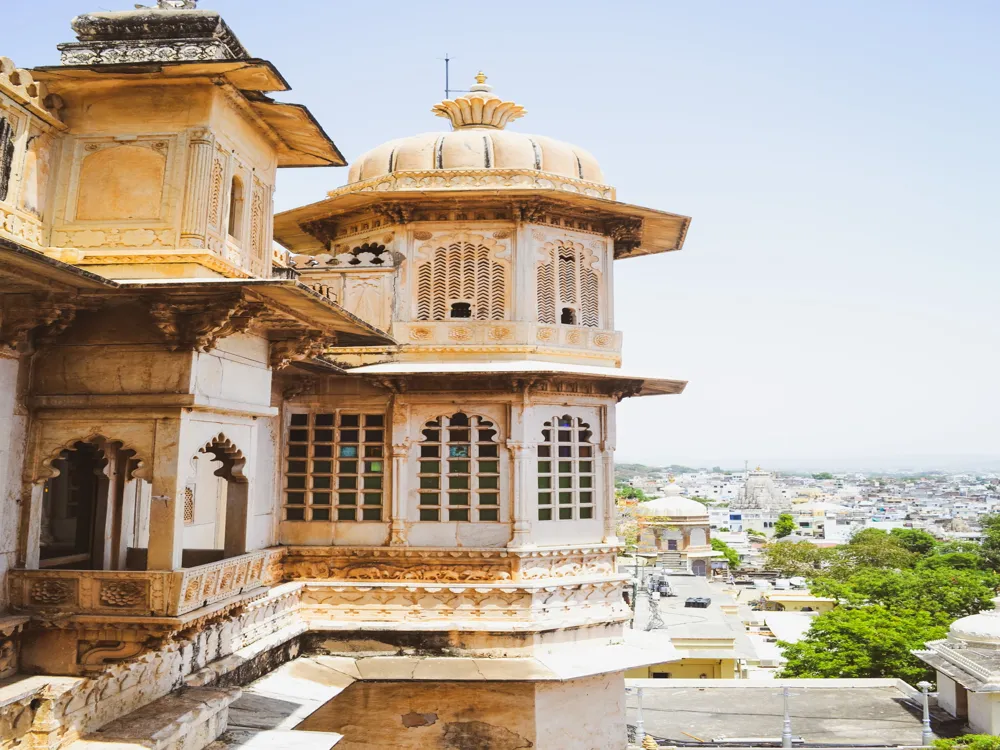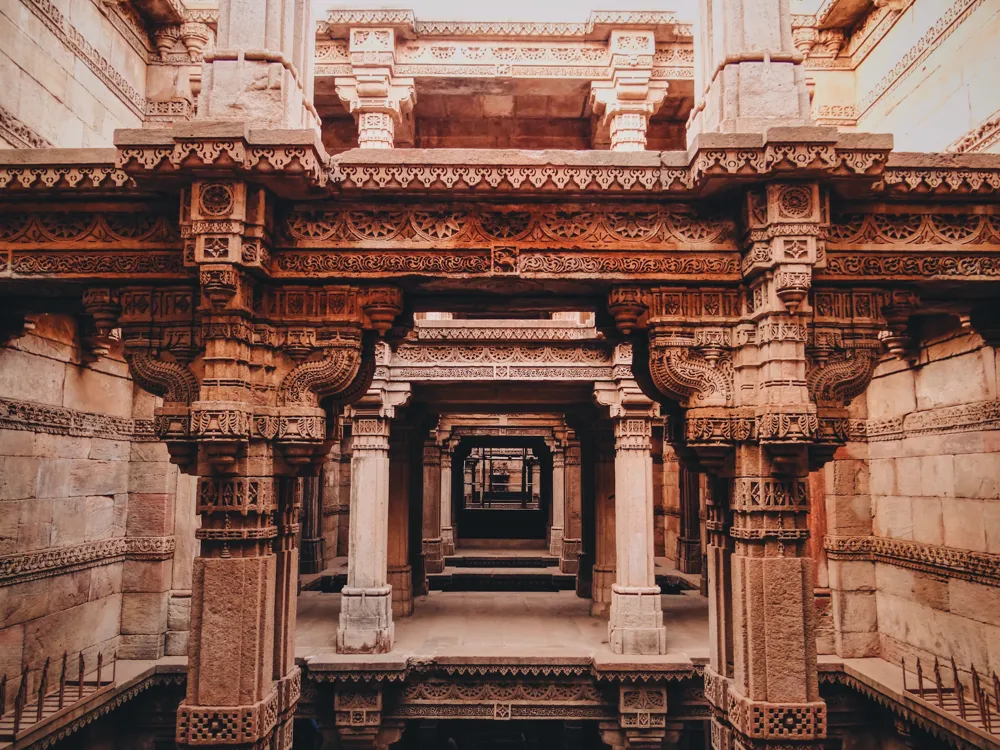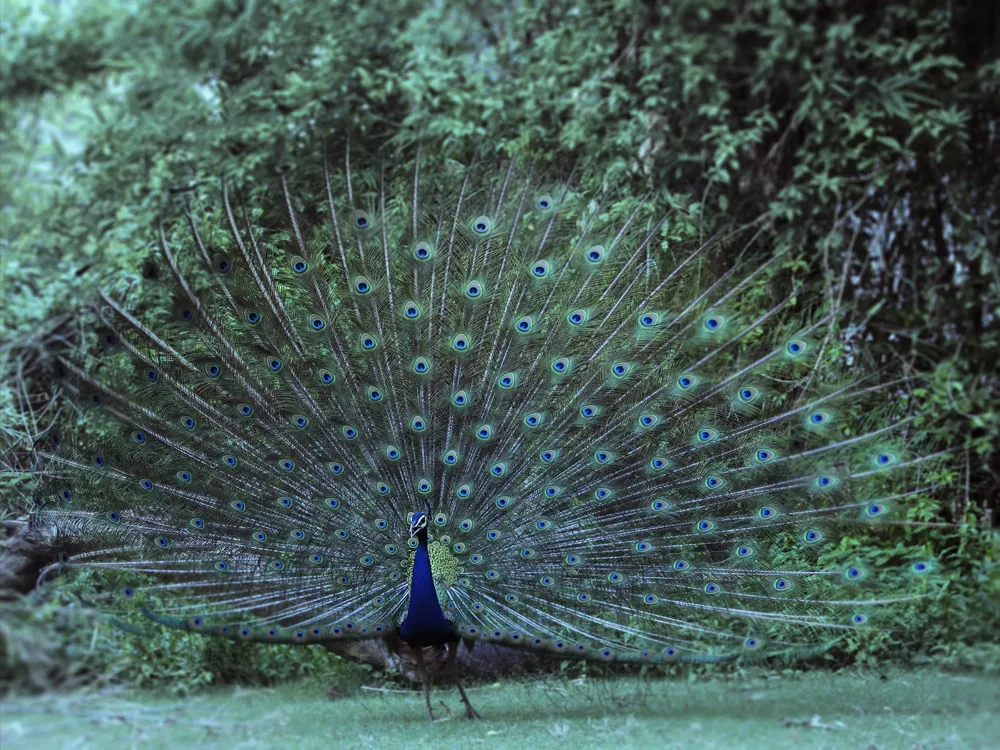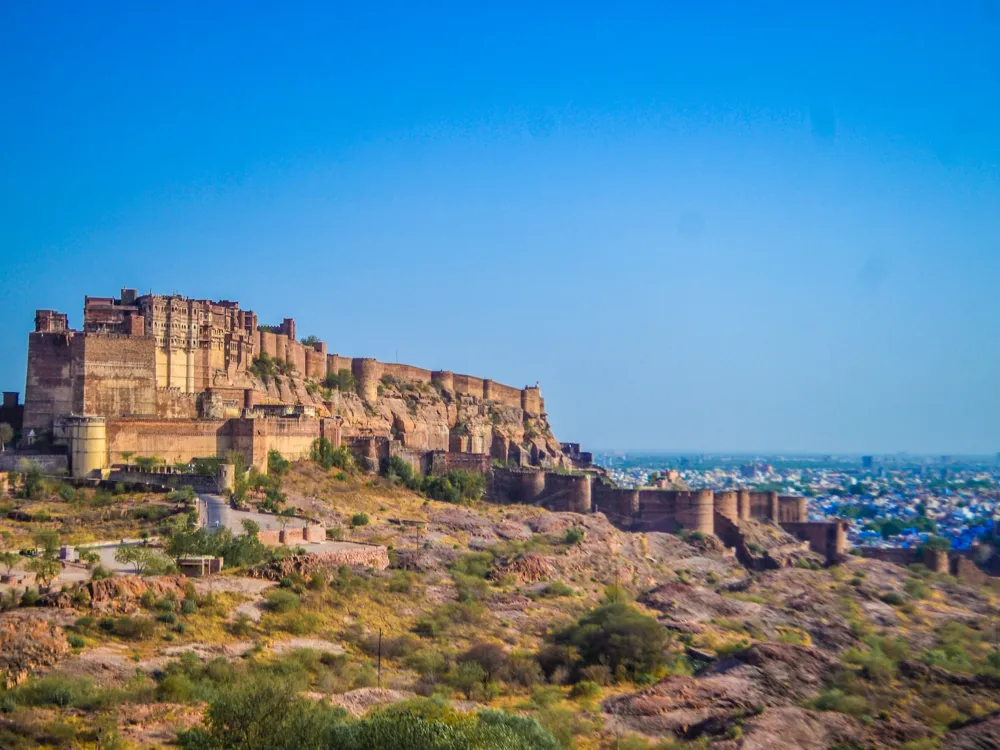Krishna Mandir, nestled in the heart of Patan, Nepal, stands as a testament to the architectural brilliance and cultural heritage of the region. Built-in the 17th century by King Siddhi Narsingh Malla, this temple is dedicated to Lord Krishna and is known for its historical and religious significance. The temple's architecture is a striking example of Nepalese temple design, featuring the Shikhara style, which is commonly seen in Indian subcontinent temples. This sacred edifice is not just a place of worship but a symbol of the rich history and spirituality of Nepal. The story of Krishna Mandir begins with a dream. Legend has it that King Siddhi Narsingh Malla dreamt of Lord Krishna and Radha standing in front of his palace. Inspired by this divine vision, the king ordered the construction of the temple on the spot where he had seen the deities. The temple was built entirely from stone, a rarity in Nepalese architecture, which predominantly features brick and wood. The fine details and carvings on the temple are a clear indication of the exquisite craftsmanship of the Newar artisans of the time. The temple's significance extends beyond its religious aspects. It has been a witness to various historical events, including the Malla era's political and social gatherings. The annual celebration of Krishna Janmashtami, marking the birth of Lord Krishna, is a major event at Krishna Mandir, attracting thousands of devotees and tourists. This celebration showcases the deep-rooted cultural traditions and religious fervor of the Nepalese people. The temple's role in the daily life of Patan's residents is profound, serving as a place of worship, a cultural hub, and a beacon of the historical legacy of the city. Krishna Mandir is an architectural marvel that embodies the essence of Nepalese temple design. The temple, constructed entirely of finely carved stone, stands out among the predominantly brick and wood structures of Patan. Its design is based on the Shikhara style, which originates from the Indian subcontinent, and it represents a unique fusion of Indian and Nepalese architectural influences. The temple is structured in ascending tiers, each level intricately carved with figures of gods, goddesses, nymphs, and scenes from the Mahabharata and Ramayana. The first floor of the temple is dedicated to Lord Krishna, depicting scenes from the Mahabharata, where Krishna is portrayed as a charioteer and advisor to Arjuna. The second floor is dedicated to Lord Shiva, and the third to Lokeshwor (Lord Buddha). One of the most striking features of Krishna Mandir is its use of the Sikhara architectural style. The temple rises in a smooth, linear fashion, culminating in a peak that symbolizes the mountain of spiritual ascent. The vertical lines of the structure draw the eye upwards, leading the devotee's thoughts from the earthly realm to the divine. The temple's symmetry and harmonious proportions are a reflection of the Newar architects' deep understanding of aesthetics and geometry. The fine carvings on the temple are not only beautiful but also serve as a narrative tool, telling stories from Hindu mythology and promoting religious teachings. These carvings are a testament to the superior craftsmanship of the Newar artisans, whose skill in stone carving was unparalleled in the region. The temple's intricate artwork, combined with its architectural genius, makes it a jewel in the crown of Nepalese heritage. Visitors should be mindful of local customs and traditions. Dress modestly, remove shoes before entering the temple, and avoid loud conversations. Photography might be restricted in certain areas, so it's advisable to check for signs or ask for permission. The best time to visit Krishna Mandir is early morning or late afternoon to avoid the crowds. Festivals like Krishna Janmashtami offer a unique experience but expect larger crowds during these times. Consider taking a guided tour for a more insightful experience. Guides can provide detailed information about the temple's history, architecture, and cultural significance. The area around Krishna Mandir is known for its local crafts. Visitors can find a variety of souvenirs, such as traditional Nepalese handicrafts, jewelry, and textiles. Try local Nepalese cuisine at nearby restaurants and cafes. It's a great way to experience the local culture and support local businesses. Krishna Mandir is located in Patan, also known as Lalitpur, in the Kathmandu Valley. It is easily accessible by various means of transportation. By Air: The nearest airport is Tribhuvan International Airport in Kathmandu. From the airport, visitors can take a taxi or a local bus to Patan. By Road: Patan is well-connected by road. Visitors can hire a taxi or take a local bus from different parts of Kathmandu Valley to reach Patan. The temple is located in the Patan Durbar Square area, which is a prominent landmark. On Foot: For those staying in Patan, Krishna Mandir is within walking distance from most parts of the city. Walking is a great way to explore the local streets and experience the culture of Patan. Read More:Overview of Krishna Mandir, Patan, Nepal
Architecture of Krishna Mandir
Tips When Visiting Krishna Mandir
Respect Local Customs and Traditions
Best Time to Visit
Guided Tours
Souvenirs and Local Crafts
Food and Refreshments
How To Reach Krishna Mandir
Krishna Mandir
Patan Nepal
NaN onwards
View patan-nepal Packages
Patan-nepal Travel Packages
View All Packages For Patan-nepal
Top Hotel Collections for Patan-nepal

Private Pool

Luxury Hotels

5-Star Hotels

Pet Friendly
Top Hotels Near Patan-nepal
Other Top Ranking Places In Patan-nepal
View All Places To Visit In patan-nepal
View patan-nepal Packages
Patan-nepal Travel Packages
View All Packages For Patan-nepal
Top Hotel Collections for Patan-nepal

Private Pool

Luxury Hotels

5-Star Hotels

Pet Friendly








